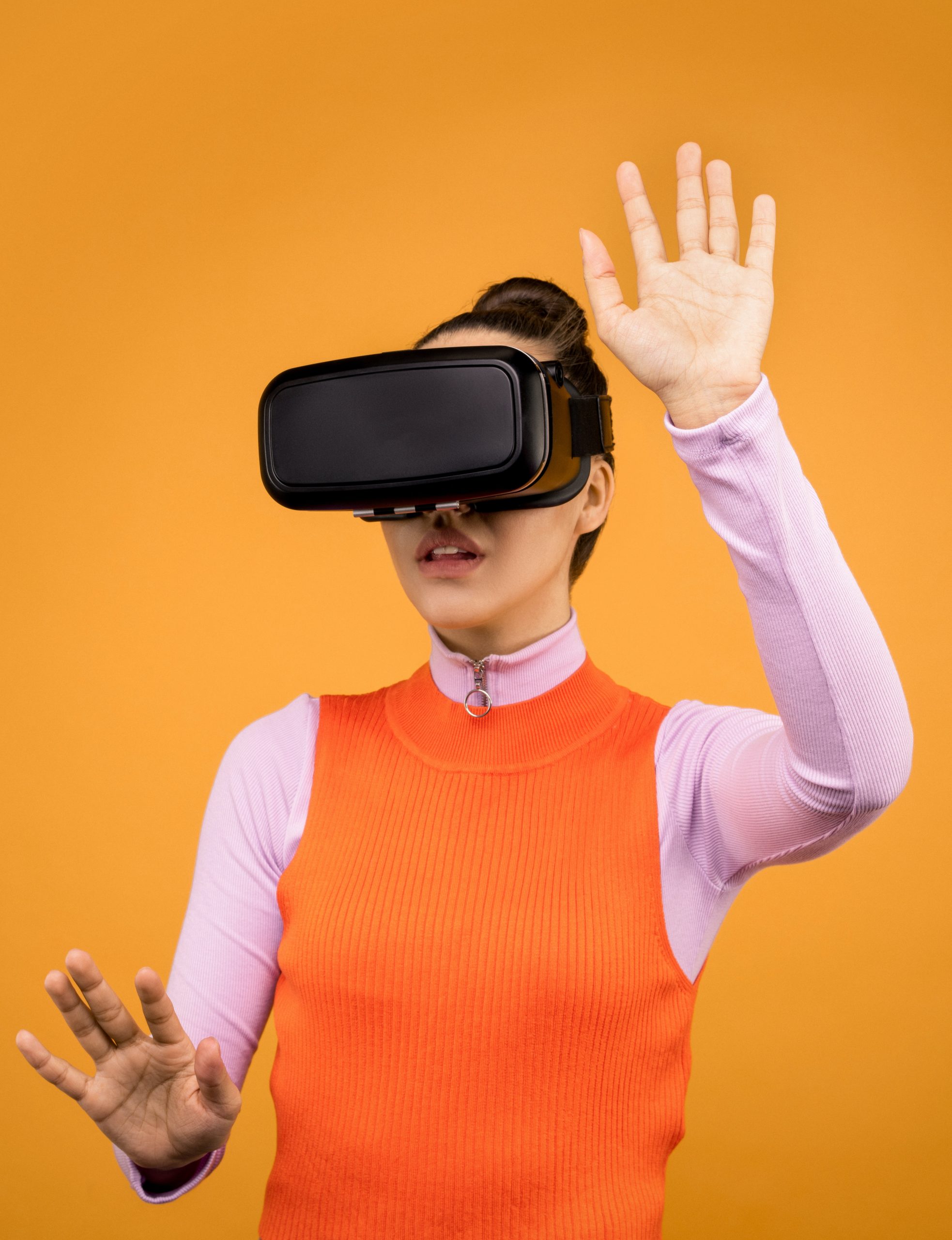Newsome’s Notes

Patients deserve good advice on looking after their eyesight while using VR headsets
I’m in my lounge on the sofa with a large white diving mask-type apparatus on my face and a counterbalanced battery pack on the back of my head. There is a large elephant in front of me. It is alive, moving, noisy and quite honestly a little intimidating.
Virtual reality (VR) headsets are emerging as cutting-edge technology that transports users into immersive virtual worlds. They will revolutionise the way we experience entertainment, education, gaming and even work. These gadgets provide us with unprecedented levels of immersion, but there are some concerns about their potential impact on eyesight as well as mental health.
Disassociation is where the user becomes unsure where reality ends and the VR world begins. This is a real challenge for those who become too engaged or lack alternative entertainment. The second issue is a phenomenon known as VR sickness or cybersickness. This occurs when the visual and audio input from the headset conflicts with the body’s natural vestibular system and creates symptoms such as dizziness, nausea and eye strain.
Our patients deserve good advice on looking after their eyesight while using VR headsets, and we should be proactive in educating ourselves about their use. High Street opticians are very often the first port of call when someone has visual issues, so we need to be well informed and not leave the guidance to the gaming shop.
To minimise the impact on eyesight, it is recommended to take regular breaks during an extended VR session, adjust the headset to maximise comfort, keep brightness, contrast and volume moderate and ensure the headset is properly calibrated for the end user. In my set, the prescription can be added via clipin lenses – and I use my distance prescription in their mount.
It is an amazing technology and thoroughly enjoyable, but my wife still tells me I look a bit weird….